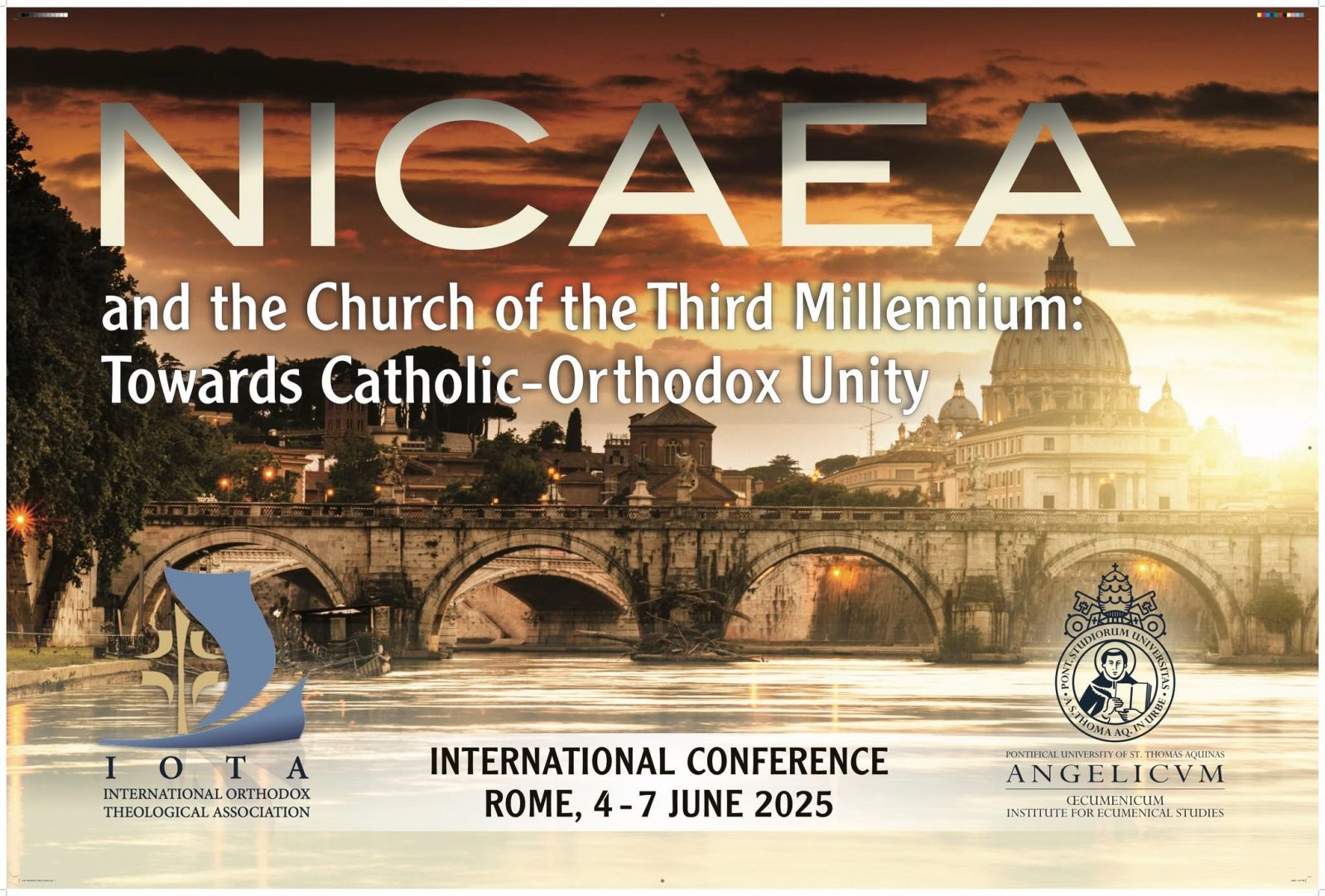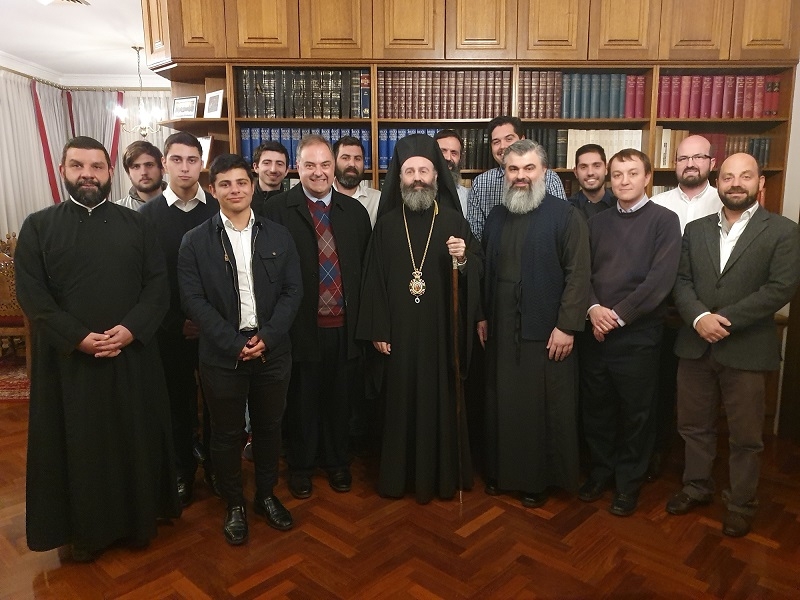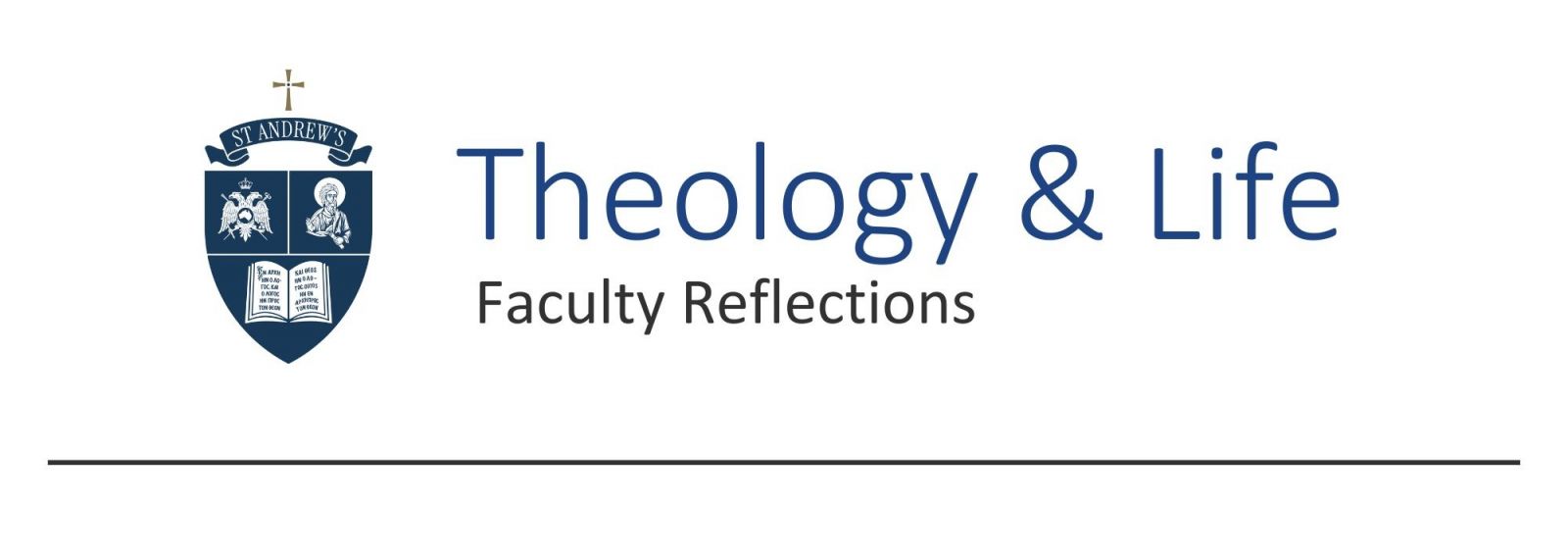- Home
- About us
- Students
- Courses
- Research
- Library
- News & Events
- Gallery
- Contact
- Our Blog
Latest News

Nicaea and the Church of the Third Millennium
Jun 13, 2025
admin
Nicaea and the Church of the Third Millennium

Keynote presenters at the international conference included His Eminence Metropolitan Job of Pisidia (who represented the Ecumenical Patriarchate) and Cardinal Kurt Kock (who represented the Vatican). The conference explored three main themes: the faith of Nicaea, synodality and the date of Easter. A highlight of the conference was a private audience for delegates with Pope Leo XIV. Welcoming delegates to the Clementine Hall of the Vatican, Pope Leo reflected on how “the Council of Nicaea is not merely an event of the past, but a compass that must continue to guide us towards the full visible unity of Christians…on this eve of Pentecost, let us remember that the unity for which Christians long will not be primarily the fruit of our own efforts, nor will it be realized through any preconceived model or blueprint. Rather, unity will be a gift received as Christ wills and by the means that he wills, by the working of the Holy Spirit.”

.jpg)





.png)